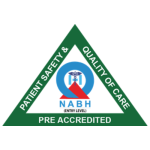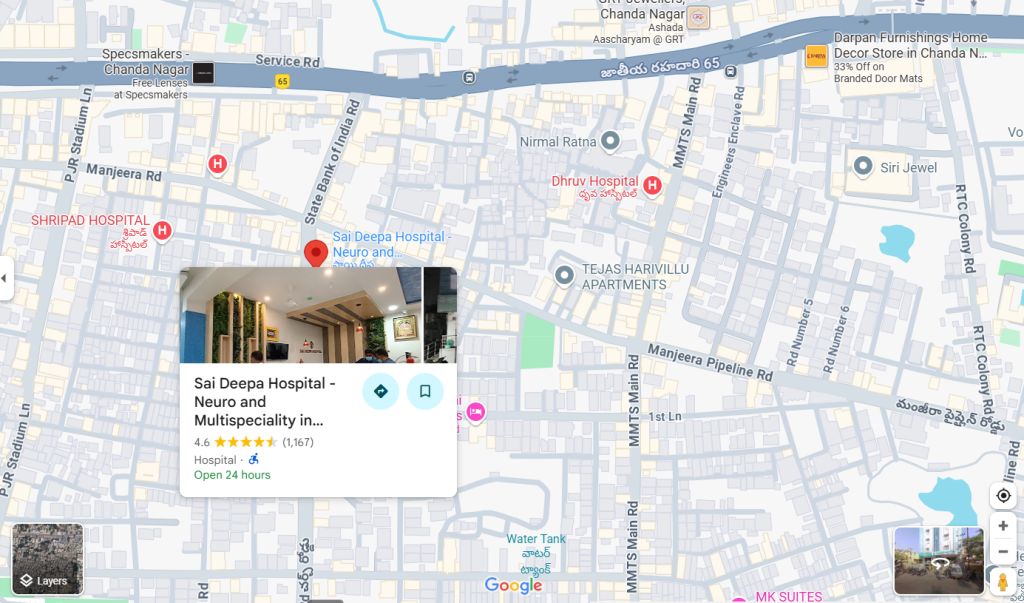What Is CT Scan
- Home
- What Is CT Scan
CT Scan
Medical imaging has transformed healthcare by allowing doctors to see inside the human body without invasive procedures. Among the most advanced diagnostic methods available today, the CT scan stands out as one of the most effective. Known as computed tomography, this imaging technology provides cross-sectional views of internal organs, bones, soft tissues, and blood vessels with remarkable clarity. By combining X-ray equipment with sophisticated computer technology, a CT scan helps healthcare providers detect, monitor, and treat a wide range of conditions with greater accuracy.
Book Free Appointment
1L+
Happy Customers
25+
Qualified Doctors
50
Rooms
5000+
Successful Surgeries
Free
Consultation
24/7 Ambulance
Facility
Insurance
Claim Support
What is a CT Scan?
A CT scan, also called a CAT scan (Computed Axial Tomography), uses X-rays to create detailed images of the body. Unlike traditional X-rays that produce flat pictures, CT scans generate multiple slices of the same area, which can then be compiled into three-dimensional images. This allows physicians to view the body from different angles and identify conditions that might otherwise remain hidden.
Radiologists and specialists often rely on CT scans to examine areas such as the brain, lungs, heart, abdomen, and bones. The ability to distinguish between different types of tissue makes this technology indispensable in modern medicine.

Dr. Sasidhara Roa A
MBBS, MS
5000+ Successful Surgeries
11+ Years of experience
Dr. Sasidhara Rao A. is an experienced General and Laparoscopic Surgeon at Sree Sai Deepa Hospitals, Chandanagar, with over 11 years of expertise and 5000+ successful surgeries. He specializes in laparoscopic, laser, and microscopic surgeries, treating conditions like piles, fissures, varicose veins, and gallbladder issues.
Doctor’s Fellowships:
Fellowship - International Society of Coloproctology
Fellowship in Intimate Health
Fellowship in Diagnostic Endoscopy
How Does a CT Scan Work?
During a CT scan, the patient lies on a motorized table that slides into a large, circular machine shaped like a tunnel. The scanner rotates around the patient, sending X-ray beams through the body. Detectors inside the machine capture these beams and transmit the data to a computer, which then constructs cross-sectional images.
For certain procedures, doctors may use a contrast dye to highlight blood vessels, organs, or specific tissues. This dye, usually injected into a vein or taken orally, makes the images clearer and enhances diagnostic accuracy.
The procedure itself is painless, quick, and usually completed within 15 to 30 minutes. Patients are often asked to remain still or hold their breath briefly to ensure sharp images.
Common Uses of CT Scans
Doctors recommend CT scans for a variety of reasons. Some of the most common applications include:
Detecting Injuries
Trauma patients often undergo CT scans to identify internal bleeding, fractures, or organ damage quickly.Diagnosing Cancers
CT imaging plays a vital role in detecting tumors, determining their size, and checking if cancer has spread to other parts of the body.Guiding Surgeries and Biopsies
Surgeons use CT scans to plan complex procedures, while radiologists rely on them to guide needle biopsies with precision.Monitoring Disease Progression
Doctors frequently order follow-up CT scans to track how conditions like infections, tumors, or chronic diseases are evolving.Examining Blood Vessels
A special form of CT scan, known as CT angiography, provides detailed images of blood vessels to check for blockages, aneurysms, or other vascular issues.Evaluating Neurological Conditions
Brain CT scans help diagnose strokes, brain injuries, tumors, or conditions like hydrocephalus.
Get your surgery cost
Advantages of CT Scans
CT scans offer several benefits that make them superior to traditional X-rays in many cases:
Detailed Imaging: The ability to generate 3D images provides unmatched clarity.
Speed: Scans are quick, making them essential in emergencies such as trauma or stroke.
Non-invasive: Patients can undergo detailed internal examinations without surgery.
Versatility: CT scans can detect a wide variety of conditions across different organ systems.
Guidance in Treatment: Doctors use scans not only for diagnosis but also to monitor treatment progress and outcomes.
Risks and Safety Considerations
While CT scans are generally safe, they do involve exposure to a small amount of radiation. The benefits usually outweigh the risks, but doctors avoid unnecessary scans, especially for children and pregnant women.
The use of contrast dye may cause mild side effects such as nausea or itching. In rare cases, patients may experience allergic reactions or kidney-related complications. Informing the healthcare team about allergies or pre-existing conditions ensures safer procedures.
Accreditations

Saideepaneurocare Hospitals is NABH certified, a mark of excellence in patient safety and care. We follow stringent healthcare protocols and maintain world-class hygiene standards.

We are ISO 9001 certified, ensuring the highest standards in quality management and patient care. This certification reflects our commitment to efficient processes and continuous improvement in healthcare services.
Preparing for a CT Scan
Preparation depends on the type of CT scan being performed. In some cases, no special steps are required. However, if contrast dye is involved, patients may need to:
Avoid eating or drinking for a few hours before the scan.
Inform the doctor about medications or allergies.
Remove jewelry or metal objects that might interfere with the images.
Wearing comfortable clothing and following instructions helps make the procedure smoother and more effective.
The Future of CT Scanning
Advancements in imaging technology continue to make CT scans safer, faster, and more accurate. Modern machines now use lower doses of radiation without compromising image quality. Artificial intelligence and advanced software are also helping radiologists interpret scans more effectively, leading to quicker diagnoses and better patient outcomes.
Emerging applications, such as functional CT imaging, promise to expand the scope of this technology even further. These innovations will likely improve early disease detection and allow doctors to personalize treatments with greater precision.
Sai Deepa Hospital - Neuro and Multispeciality
Plot no 387, Church road, Huda colony, Chanda Nagar, Hyderabad – 500050
Conclusion
The CT scan has become an essential tool in the medical field, revolutionizing the way doctors diagnose and treat diseases. Its ability to produce clear, detailed images helps clinicians detect hidden conditions, plan surgeries, and monitor ongoing treatments with unmatched accuracy. While patients may have concerns about radiation exposure, the benefits of this diagnostic method far outweigh the risks when used appropriately.
As technology advances, CT imaging will continue to play a central role in delivering better, faster, and more effective healthcare. For anyone facing unexplained symptoms, chronic illness, or the need for precise surgical planning, the CT scan remains one of the most reliable tools for ensuring timely and accurate diagnosis.


